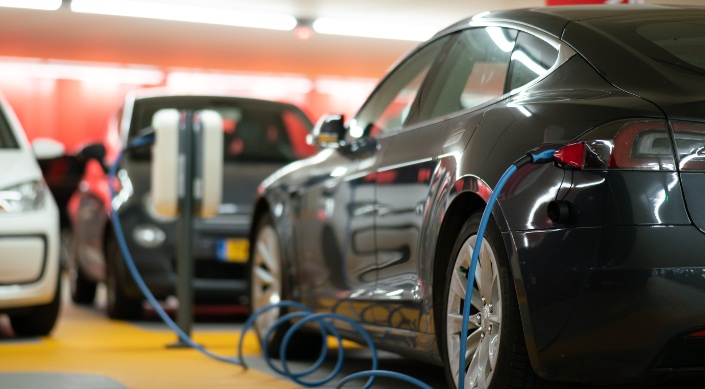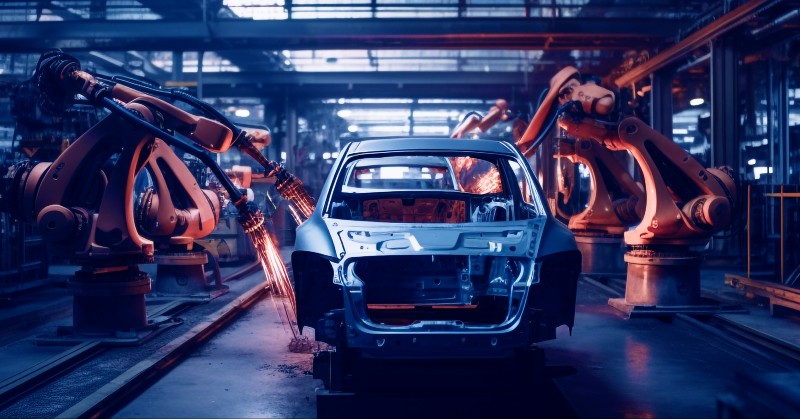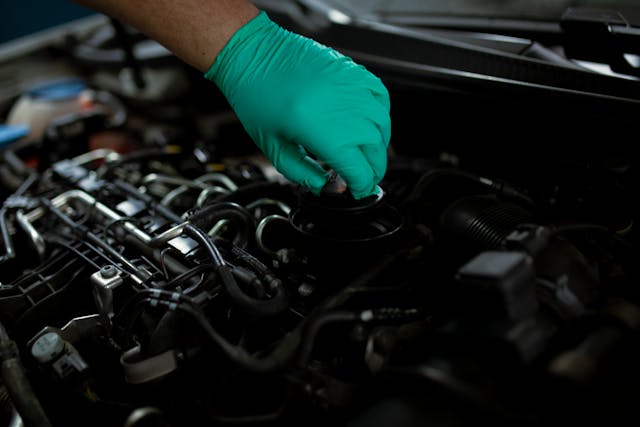BYD Company, a Chinese automotive conglomerate, announced plans to produce electric vehicles (EVs) in Vietnam as it prepares to expand operations further and establish a local supply chain to cater to the Southeast Asian market, per a May 2023 Bloomberg report.
The entry of a major automotive player like BYD in Vietnam further highlights how EV development has emerged as a significant trend among automotive manufacturers in recent years, especially in largely untapped markets like Southeast Asia (SEA). To capitalize, interested parties should become familiar with EV developments in SEA as they present potential business opportunities.
EV Production in Southeast Asia
Generally, the market growth of electric vehicles (EVs) in Southeast Asia has been relatively slower compared to other regions such as Europe, North America, and China. Although adoption has lagged, major automotive players are now recognizing SEA’s potential, with many promoting adoption and increasing production of EVs in the region.
Like BYD, automotive players across the globe are already taking steps to establish production facilities in the region. Thus, it is essential to consider how the stakeholders involved can sustain EV growth in the long term. Doing so will not only help businesses create strong supply chains but also help build confidence among consumers, further encouraging EV adoption in SEA.
The entry of EV manufacturers will be essential to support the creation of robust supply chains in Southeast Asian countries. Several players are involved in manufacturing EVs, whether for the vehicles themselves or the components used. Each tier or category presents a different market entry opportunity for interested parties. Players involved in the supply chain include:
- Original Equipment Manufacturers (OEMs): These companies are responsible for designing and manufacturing fully electric vehicles, encompassing the vehicle and its components. Examples of OEMs in Asia include BYD, Nissan, and Toyota, to name a few.
- Tier 1: Consists of suppliers, usually major companies directly providing OEMs with automotive EV components. They typically have long-term contracts with the OEMs, contractually obligated to fulfill contracts that cover developing and manufacturing components like batteries, EV motors, charging systems, etc.
- Tier 2: These players supply components directly to Tier 1 suppliers instead of OEMs, often specializing in the manufacturing of a specific part essential to more significant components, like sensors, connectors, cooling systems, etc.
Transitioning Towards EVs in Southeast Asia
It is also important to consider that existing supply chains meant for non-EV automotive production will likely go through a transitionary period. Players across the supply chain can capitalize on this opportunity and pivot, redefining their expertise and role to fit the demand for EVs. Further, even players from other industries can attempt to enter the market as EV needs are vast.
For instance, the YCP Solidiance white paper, Electric Vehicle Development and Deployment in Thailand: Moving Towards an Acceleration of EV Adoption, discusses entry strategies for players hoping to enter Thailand’s EV charger market, which is a sector essential to supporting the production of EVs in the country. With this, players with expertise in construction can enter the EV market charging market as consumer demands include installing and maintaining charging ports at local housing. This also allows the construction and automotive industries to foster partnerships, with both sectors possessing the expertise necessary to fulfill the EV market’s needs.
Another market that will be critical to the transition toward EVs in Southeast Asia is battery manufacturers, an essential part of the development and success of automotive EV providers. While the importation of EV batteries will always remain an option, it will be more favorable to long-term success if domestic operations are established. This provides several benefits like reduced cost, creation of jobs, and long-term sustainability of the local supply chain. Some companies are already establishing EV battery manufacturing plants in parts of SEA, like China’s Eve Energy which is building an EV battery factor in Malaysia worth 422 million USD, per a report from the South China Morning Post.
Overall, while the EV market in Southeast Asia has progressed slowly in the past, it is widely expected that the region will accelerate efforts in the coming years. This growth will be driven primarily by interest from automotive companies and players closely related to other parts of the value chain, such as components, batteries, infrastructure, etc. All things considered, the EV market’s future in SEA is promising as collaboration continues, consumer demand rises, and EV technology advances.
To get insight on other automotive trends currently emerging in Asia and the business opportunities players can capitalize on, subscribe to our newsletter here and check out these reports:







